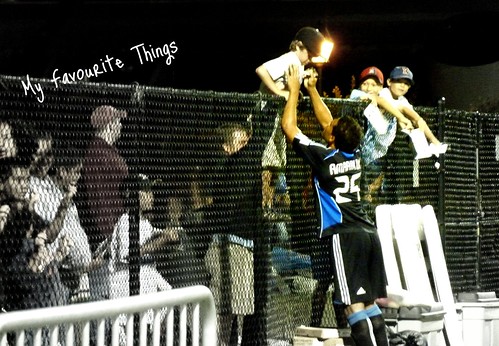
If you want to know where you stand in the continuum of optimism and pessimism, this book has just the questionnaire for you. The main premise in this book is that the way we think can diminish or enlarge our control. An optimistic explanatory style stops helplessness while pessimistic style spreads helplessness. Explanatory style is the manner in which we habitually explain to ourself why events happen. This is a great modulator of learned helplessness as it determines how helpless or energized you can become.
Optimism has an important place in life as it can protect us against depression, raise our level of achievement and enhance our physical well-being. It is important to remember that learned optimism is NOT a rediscovery of “the power of positive thinking”. They do not consist in learning to say positive statements to yourself. What is crucial is what we think when we fail and using the power of “non-negative thinking”. Changing the destructive thing we say to ourself when we experience setbacks that life deals us is the central skill of optimism. Learned helplessness is the giving up reaction that follows from the belief that whatever you do doesn't matter.
There 3 crucial dimensions to explanatory style:
1. Permanence
2. Pervasiveness
3. Personalization
People who give up easily believe the cause of bad events are
permanent, persistent and personal . Everyone encounters failures from time to time. It makes everyone feels at least momentarily helpless and discouraged. For optimist it goes away almost instantaneously while for the pessimist, as you can guess takes much longer or never. The permanence dimension determines how long a person gives up for. As such, permanent explanations for bad events produce long lasting helplessness while temporary explanations produce resilience. Optimistic people also believe that good events have permanent cause rather than temporary. They tend to explain good events in terms of permanent causes – such as traits, abilities - while pessimists name transient causes – such as moods, effort or luck.
When you consider pervasiveness, it refers to whether this incident is specific or universal. Those who make universal explanations for their failures give up on EVERYTHING when failure strikes in ONE area. People who make specific explanations may become helpless in that one part of life yet strive on in the others.
The third dimension, personalization controls how you feel about yourself. The optimistic style of explaining good events is the opposite of that used for bad events. When bad things happen, we can either blame ourselves (internalize) or we blame other people or circumstances (externalize). People who blame themselves when they fail tend to have low self-esteem as a consequence. Low self-esteem usually comes from an internal style for bad events.
How we think affects how we feel and one particular self-defeating way to think is to make personal, permanent and pervasive explanations for bad events. Prof Seligman offers hope to those who are pessimists. He claimed that it is possible to unlearn helplessness by using cognitive therapy. Becoming optimist consists of learning a set of skills about how to talk to yourself when you suffer a personal defeat. You will learn to speak to yourself about setbacks from a more encouraging viewpoint. It takes effort and time to unlearn tendencies that we have practiced for many years. The book provides techniques to change to be more optimistic. You can find many examples of how this happen in various aspects of life - in school, at work, in sports, health as well as politics.
There are numerous advantages when you hold a more optimistic style of thinking. It helps improve health – catches fewer infectious disease, have better health habits, improved immune system. If you feel that you are ready to change your thinking style, do give this book a shot.

